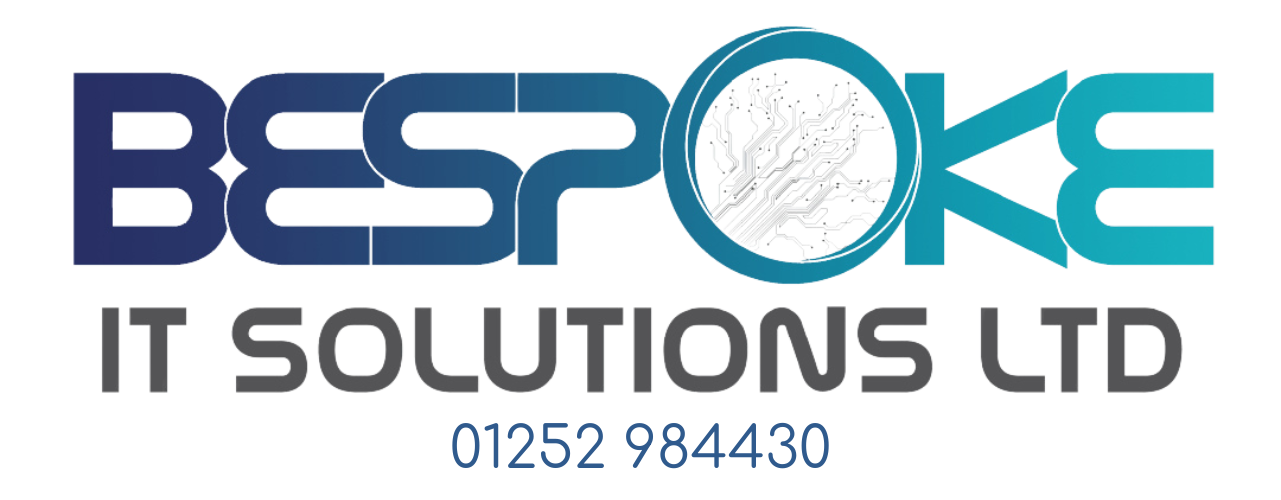Ever feel like you’re racing to keep up with all the new tech out there? You’re not the only one. Businesses are spending more on software than ever before… and it’s in no small part due to “FOMO” – fear of missing out.
In fact, a recent report shows that 76% of businesses are bumping up their software budgets for next year, with many planning to increase their spend by 5 to 15%.
Why?
It’s simple: No business owner wants to feel like they’re falling behind while their competitors are jumping on the next big thing. So, businesses are investing in tools that they think will make them better, faster, and more secure.
Artificial intelligence (AI) is at the top of the list when it comes to the tech businesses want to invest in. This is because AI is making it easier to get stuff done; whether that’s automating routine tasks, crunching numbers, or even improving customer service.
But on the flip side, AI is also putting new tricks up the sleeves of cyber criminals. Meaning that businesses are having to spend more on cyber security to keep their data safe.
The hardest part about buying software isn’t usually the actual purchase – it’s what comes after. Using new software takes planning, and everyone in the team needs to learn how to use it. If your team isn’t ready, even the best software won’t help you much.
This is why many businesses are also investing in training tools, such as learning management systems (LMS). This helps bring employees up to speed, so your new tech doesn’t just sit there collecting virtual dust.
It can be tempting to be one of the first to adopt all the latest tools. But moving too fast can lead to headaches. It takes time to figure out what software is right for your business and how to make it fit into your processes. Jumping in without a clear plan could leave you with a tool that’s more trouble than it’s worth.
The good news is that many businesses are getting smarter about how they choose software, using reviews, testimonials, and recommendations from experts (like us) to make informed decisions.
If you’re feeling the pressure to invest in new tools, take a breath. Think about what your business really needs:
- Do you want to improve efficiency?
- Keep your business data secure?
- Help your team work better?
Whatever the reason, make sure you choose tools that are in line with your goals and that your team is ready to use.
FOMO might be driving the trend, but that doesn’t mean you have to let it control your decisions.
We can help make sure the tech you invest in pays off for your business in the long run. Get in touch.



